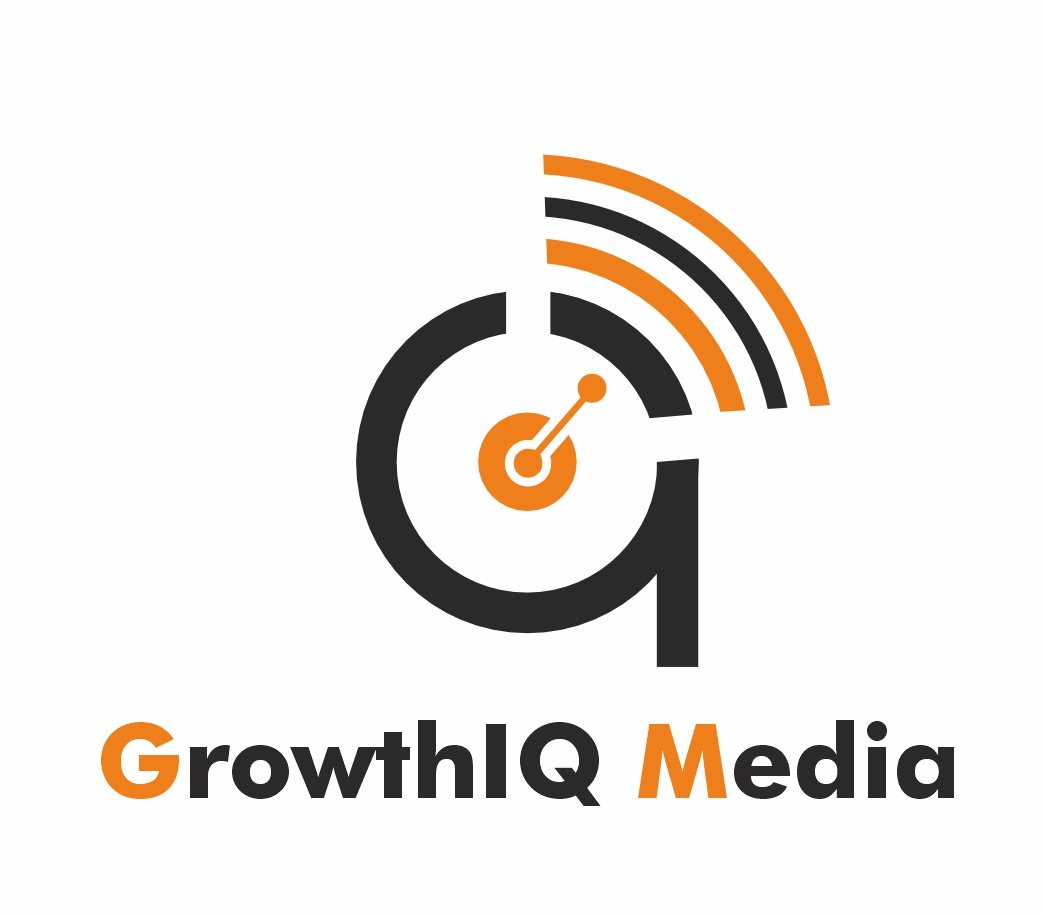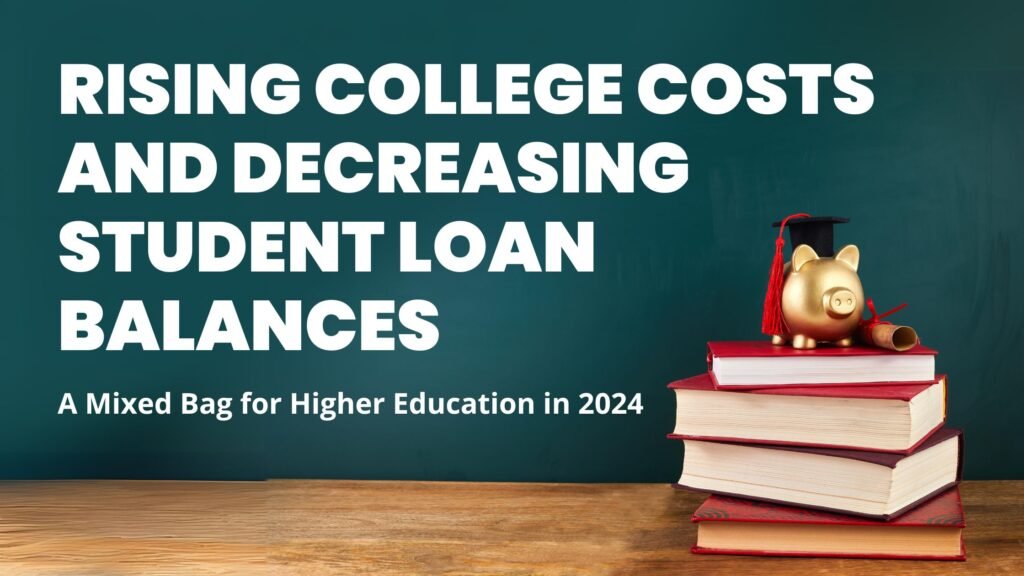According to a survey, Over the past 30 years, the cost of attending a 4-year college program has risen from $4,160 to $10,416 while non-profit institutions have surged from $19,360 to $38,070, adjusted for inflation. On the other hand, the balances on student loans have started to decrease, although this is credited mainly to the increased use of diverse funding sources other than those offered by banks and governmental programs. But wait, what is this situation for students, families, and the future of higher education? Could this be the light at the end of the tunnel if you tend to enroll in a college or university or simply another challenge that students encounter on their way to obtaining a degree?
The Ever-Rising Cost of College
For as long as many can remember, the cost of attending college has been on the rise. Some of the reasons that have led to this development involve inflation, a decrease in state grants and subvention, and the necessity of the provision of facilities in institutions. The same remains true in 2024 when protagonists’ actions reflect a complete emulation of others. Most students and their families are then forced to deal with the cost incurred in acquiring tuition and other needs.
Tuition is not the only problem. Tuition costs, together with, the basic cost of living such as accommodation, clothes, books, and other related fees have also been raised immensely. For in-state students once assumed to go to public universities at a cheaper price have seen this cost rise by an average of 1. 8 % with out-of-state students facing even higher percentage hikes. For many, these rising costs are forcing difficult decisions: acquire more loans, enroll in less accredited college, or drop out of college entirely.
Decreasing Student Loan Balances: A Silver Lining?
The ever-increasing college cost is a major concern while on the brighter side, balances in the student loan are coming down. This trend has been partially fueled by the increasing number of students aspiring to gain scholarships, grants, or work-study programs instead of loans. Also, certain students are moving to community colleges or trade schools, which are cheaper, and this leads to a dip in the total average borrowed.
Another factor is relations between universities and students which mainly concern changes in government policies to address student loans. For instance, the new or called Income-Driven Repayment (IDR) plan has put measures in place to ensure that graduates pay back their loans based on the amount of money they earn by setting a ceiling on the portion that goes to loan repayment and allowing those without means to pay to have the rest of their loans forgiven after a given number of years. The Democratic government’s preceding actions to consolidate and develop these programs have been received positively by numerous people as progress on the part of the Biden administration.
The Impact on Students and Families
For students and families, this mixed bag of rising costs and decreasing debt presents both opportunities and challenges. On the one hand, those who can access alternative funding sources or benefit from new repayment plans may find the burden of student debt less overwhelming. On the other hand, the sheer cost of college can still be prohibitive for many, especially those from lower-income backgrounds.
The psychological toll of student debt cannot be overlooked either. Even with decreasing balances, the prospect of taking on significant debt can deter students from pursuing higher education. This is particularly concerning in an era where a college degree is often seen as essential for career success.
The Future of Higher Education
So, what does the future hold for higher education in light of these trends? While decreasing student loan balances may offer some relief, the rising cost of college remains a significant barrier for many. To address this, there needs to be a concerted effort from both educational institutions and the government.
Colleges and universities must find ways to control costs without sacrificing the quality of education. This could involve reevaluating administrative expenses, cutting back on non-essential amenities, or exploring new models of education that reduce the time and cost required to earn a degree. Online learning, for instance, has the potential to offer a more affordable alternative to traditional on-campus programs.
Government policies will also play a crucial role. While recent initiatives to reduce student debt are a step in the right direction, more needs to be done to address the root cause of the problem—rising tuition and fees. Expanding access to scholarships and grants, increasing state funding for public universities, and incentivizing institutions to keep costs down are all potential solutions.
Government’s Role and Policies:
Why should the government provide grants and subsidies to the students? The answer to this is that the government is investing in that student’s future. By providing grants the government is encouraging more students to pursue their education and become part of the skilled workforce. More skilled workers are capable of paying more taxation to the government which in return comes as revenue for the government.
This development paves the way for millions of borrowers to potentially see their loan payments reduced by half. However, it stops short of fully erasing the debts. This move comes after the U.S. Supreme Court last year overturned the President’s original plan, which aimed to forgive up to $20,000 in federal student loans for individuals earning less than $125,000 annually or $250,000 for married couples filing jointly. In response, the Biden administration has introduced a new initiative known as Saving on a Valuable Education (SAVE) to offer relief.
Conclusion
Being a firsthand learner who struggled for a long time in financing a college education, I know how it feels to have college costs skyrocket and be under a heap of student loans. It is one of the difficult questions that have yet to have general solutions and yet need to be discussed; the only way is to be informed and search. Regardless of if you are a student, a parent, or an educator, the decisions that are made today will define the future of higher learning.
The higher education paradigm has changed in 2024 and is characterized by more complexities than could be imagined. Increasing tuition rates while decreasing the balance on average student loans can be seen as both a blessing and a curse. That being said, there is a long way for the countries to go still, to keep access to HE affordable for all groups. For now, it will be necessary to monitor these trends and call upon the leaders to promote students’ and families’ success in the future.





Leave a Reply